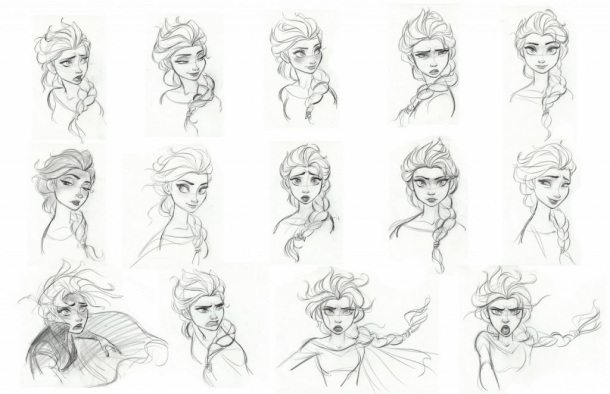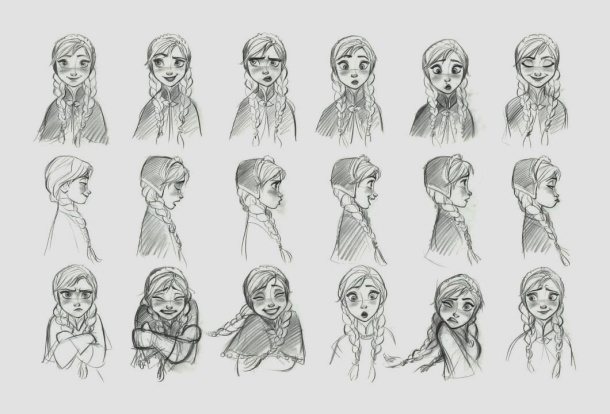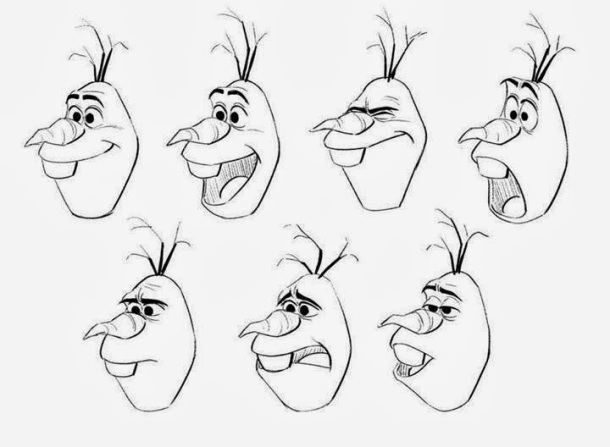 Frozen is the first Disney animated film that focuses on girl power as well as a type of true love that audiences are not used to seeing in Disney films. It is also the second animated film in history that has made over a billion dollars in the global box office; joining the much-loved third installment of Toy Story. Frozen has just won two Oscars; one for best animated film and one for the song “Let it Go.” Pulse sat down with Disney animator Daniel Gonzales, who has worked at Disney Animation Studios for two years, to find out how the magic was created.
Frozen is the first Disney animated film that focuses on girl power as well as a type of true love that audiences are not used to seeing in Disney films. It is also the second animated film in history that has made over a billion dollars in the global box office; joining the much-loved third installment of Toy Story. Frozen has just won two Oscars; one for best animated film and one for the song “Let it Go.” Pulse sat down with Disney animator Daniel Gonzales, who has worked at Disney Animation Studios for two years, to find out how the magic was created.
Frozen has a large fan base of college students on the Hofstra University campus. Of the 200 college students asked, Olaf, the snowman who loves warm hugs, is the favorite Frozen character. Check out if your favorite character placed in the overall top five.
Pulse: Was the scenery in Frozen imagined or was it based on a real place?
DG: The scenery, as well as anything else in the film, is based on solid research. Our team usually goes out to actual places, in this case Norway, to get a feel for the movie. It’s very important to do research and to make the film as authentic as possible. This will help the audience relate to the movie, especially those who actually come from the lands that we are trying to depict.
Pulse: How are you able to bring the reality of the environment to an animated film?
DG: The weather in the film is created by a special effects department that does tons of research on snow. Snow can fall in many different ways. Snow is very specific in the way it crunches under your feet so it takes a lot of research to make the environments feel real in our films.
Pulse: What is the process of developing such realistic characters?
DG: It is a full scale collaboration between many departments. As for animation’s role in the process we decide on the characters’ personalities. From our collective minds, we each put a little bit of ourselves into a character. Before the movie starts we explore and animate a character to search for a personality. The director will see our animation tests and hone in on ones that they feel are right for our character. With so many unique inputs from animators, a character comes that is unlike any other.
Pulse: Did the story-line of Frozen change as you developed the characters?
DG: The relationship between story and character is always a thin line. Sometimes the story will change and it forces the writers and directors to rethink the characters and the same goes for when the directors change a character or its motives. The film is always in flux, which I personally think is a good thing because if a good idea ever comes up we are flexible enough to incorporate it into the movie at any time.
Pulse: How many artists did it take to produce this animated movie?
DG: I do not know the exact number, but it is roughly around 400 artists! It’s amazing how so many people can come together to create a film. This film isn’t something one person or a tiny group of people could have made. It took every single person and their talents to create Frozen!
Pulse: What is it like working on an animated film like Frozen?
DG: It was a great time. Your crew becomes family, friends and people you can trust. We all become good friends outside of work and I feel proud to work alongside them. You learn so much from one another because every single person you meet will know something you do not. I consider myself very lucky and fortunate to be able to do what I love for a living.
Daniel Gonzales also provided some fun facts about Frozen:
- Han’s last name is Westergaurd.
- Frozen’s soundtrack is the first soundtrack in 15 years to last more than five weeks at No. 1 on the Billboard 200 chart.
- The song “Do you want to build a snow man?” was nearly not in the film.
- 80 percent of all art work made for a movie is never seen by the outside world.
Captions and Photo Credits:
Elsa – Elsa emotion drawings. Photo Courtesy: Daniel Gonzales, artwork by Jim Kim
Elsa – Elsa emotion drawings. Photo Courtesy: Daniel Gonzales, artwork by Jim Kim
Olaf – Emotion drawings of Olaf. Photo Courtesy: Daniel Gonzales, artwork by Hyun Min Lee
**Put Chart in Sidebar**


